Years ago, I had proposed a related device: https://hackaday.com/2019/04/01/schrodinger-quantum-percolator-makes-half-decent-coffee/
Sadly, it was on April Fool's day, so I suspect there was some doubt that this was a device that I was really working on. It's also April Fool's Day just about now, but I assure you this is an actual device -- April Fool's is just the deadline I set to complete my New Year's resolutions. Life got in the way of completing it for a couple of years, and finally I had to settle for building just the quantum core of the device (for now).
The device itself is composed of 4 stages:
1. The power stage: It needs both a variable 10-15VDC input and a 5V input. I just do the lazy thing there and use a USB powered boost converter, and put a linear regulator on the board. A 100uF electrolytic capacitor provides a little noise reduction on the 10-15V supply.
2. Electron-Tunneling event generator. Here, we are reverse-biasing a semiconductor junction. You can think of the junction as a diode, and we carefully put a voltage across it the wrong way, blocking current from flowing. Classically, we would expect no electrons to flow across the barrier. However, some electrons can be detected "jumping" across the diode, even though the have insufficient energy to do so! This is called 'tunneling', and it has the interesting property of being a purely random effect -- even with perfect knowledge of the system, there's no way to determine which electron will undergo tunneling or when.
3. Amplification Stages. As you might imagine, a few electrons jumping across a barrier doesn't generate a huge signal. To do any processing on it, we'll need to amplify it and clean it up. I could use op-amps, but hex-inverters work well and are better value for money here. Why do for a dollar what we can do for a dime?
4. Sampling and I/O. Something needs to observe the signal, and produce something about it that the outside world can understand when requested. I'm certainly not going to do it manually each time, so I wrote some firmware to do it. It's in Assembly because I considered timing to be important. I heavily commented the code, and the algorithm is simple, so you should be able to understand and port it to a platform of your choice.
I'll go over each of these sections in more detail in separate posts. The circuit diagram is as follows:
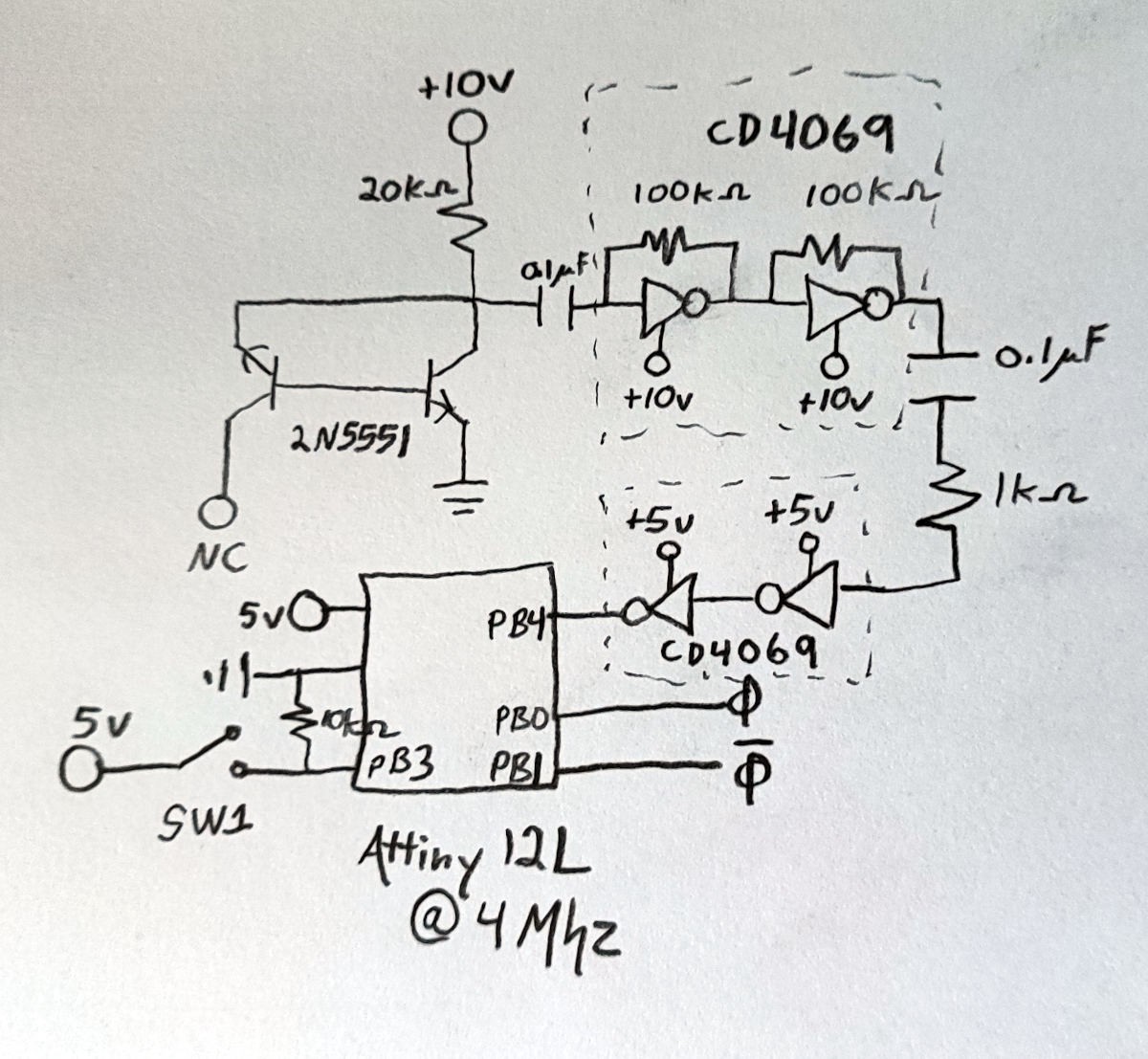
Finally, I'll wrap up this description with a Truth Table for the device as this is a good summary of what it does. Note that output latches as long as the trigger is held HIGH.
| TRIGGER INPUT | OUTPUT 1 | OUTPUT 2 |
| LOW | LOW | LOW |
| HIGH |

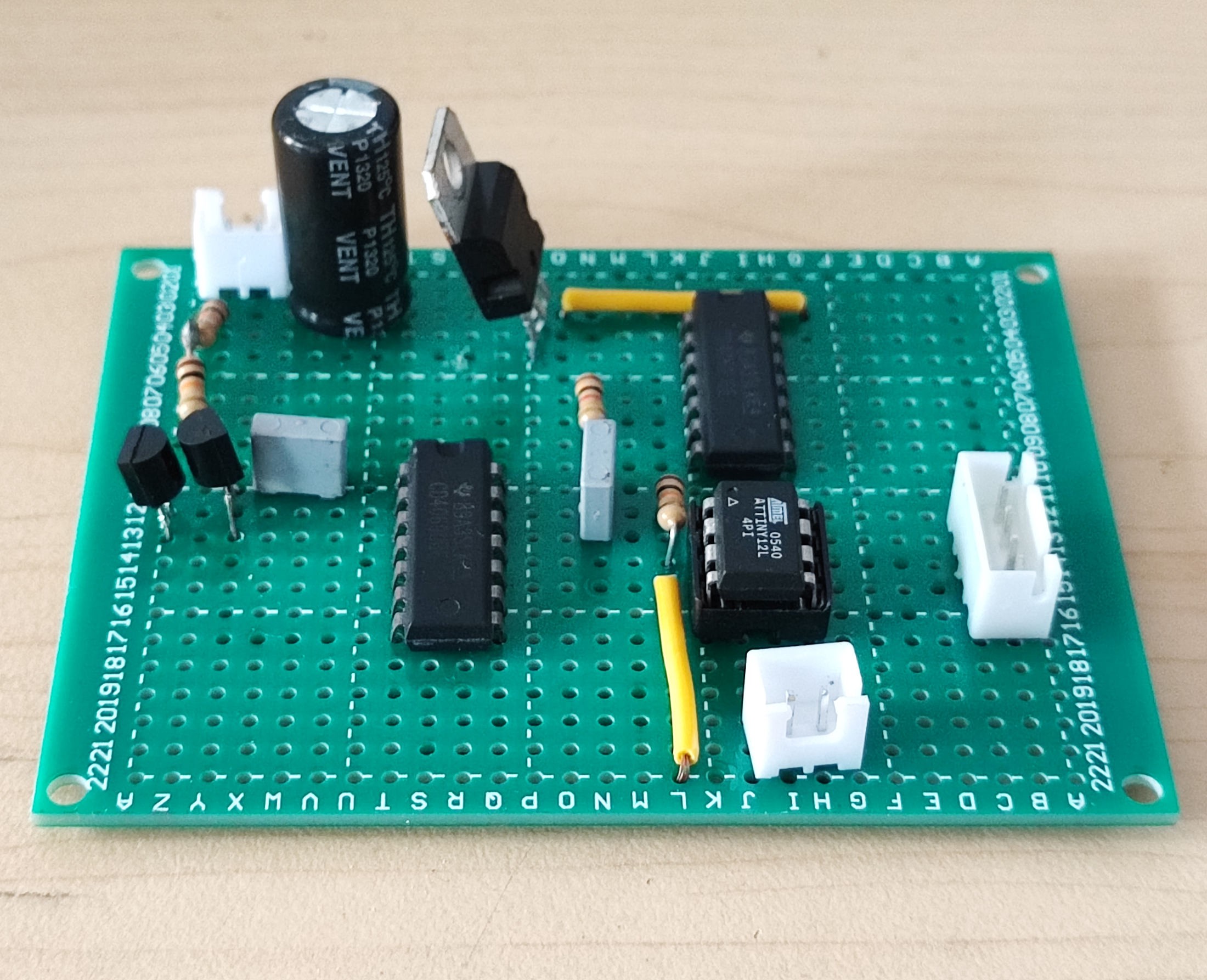
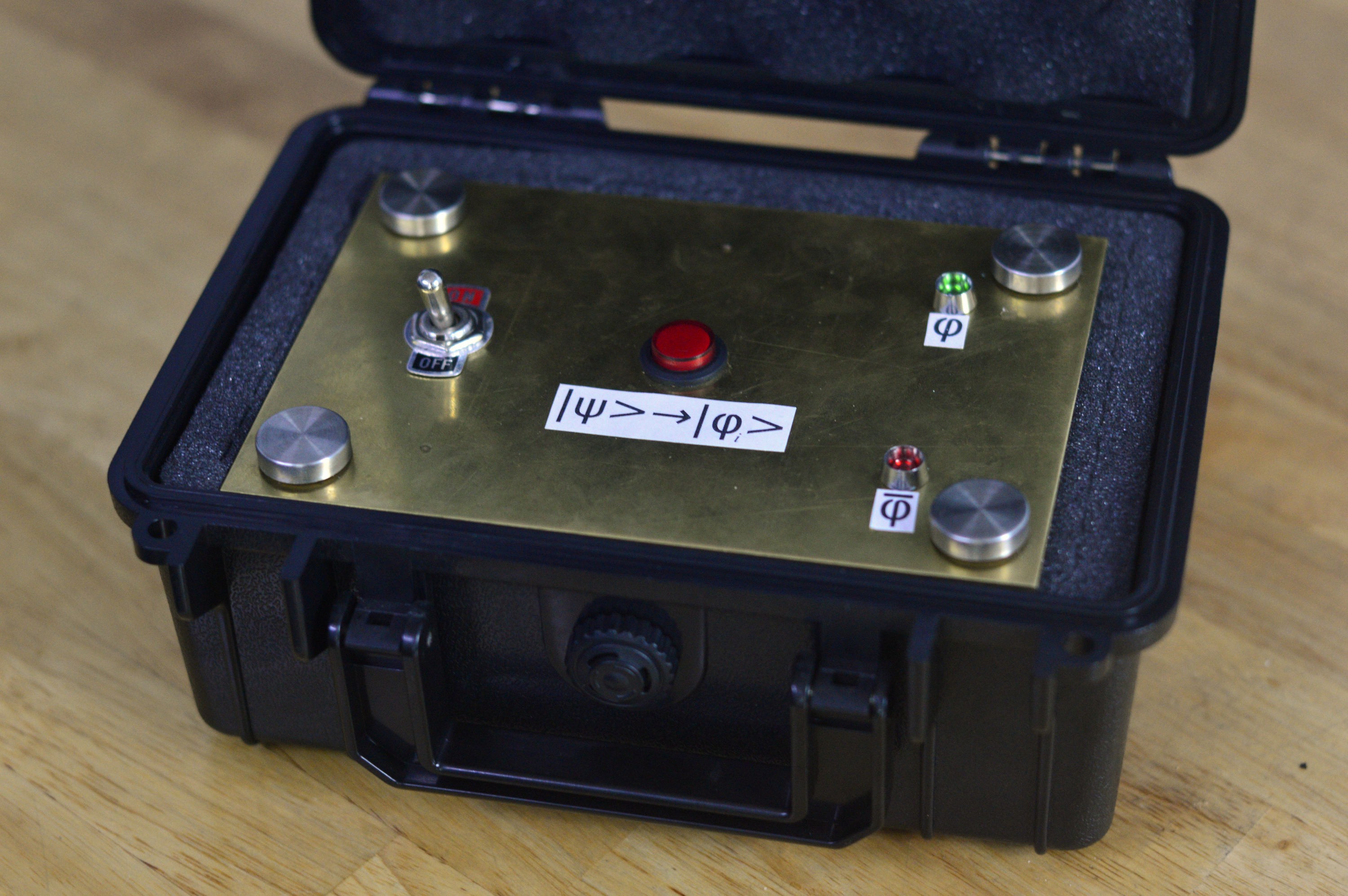
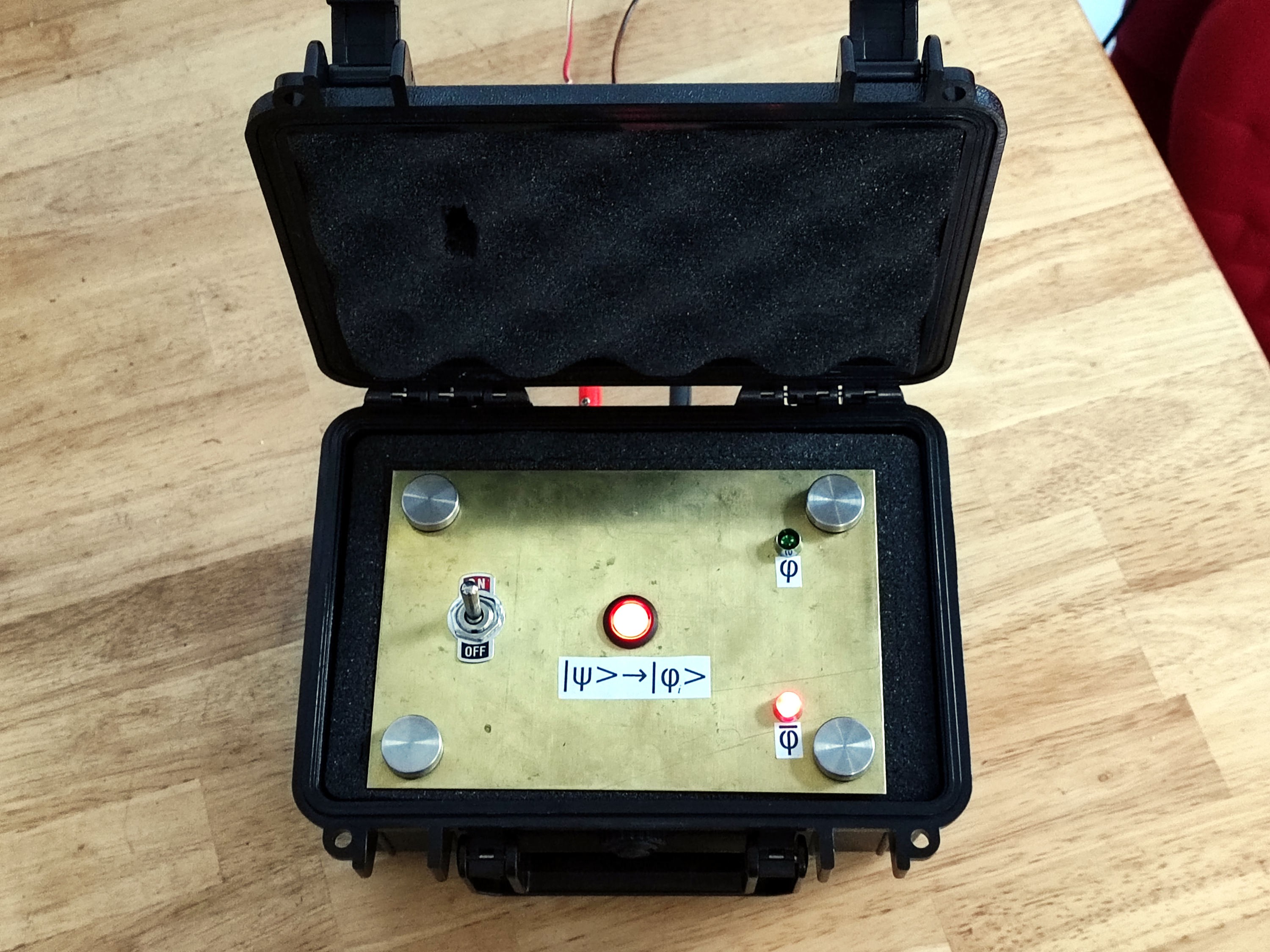
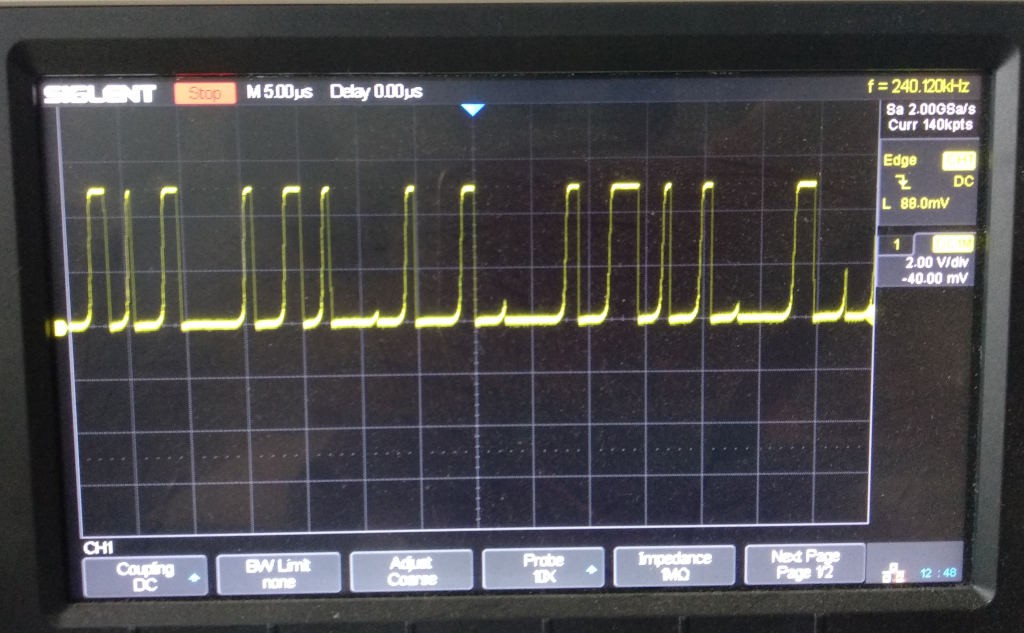
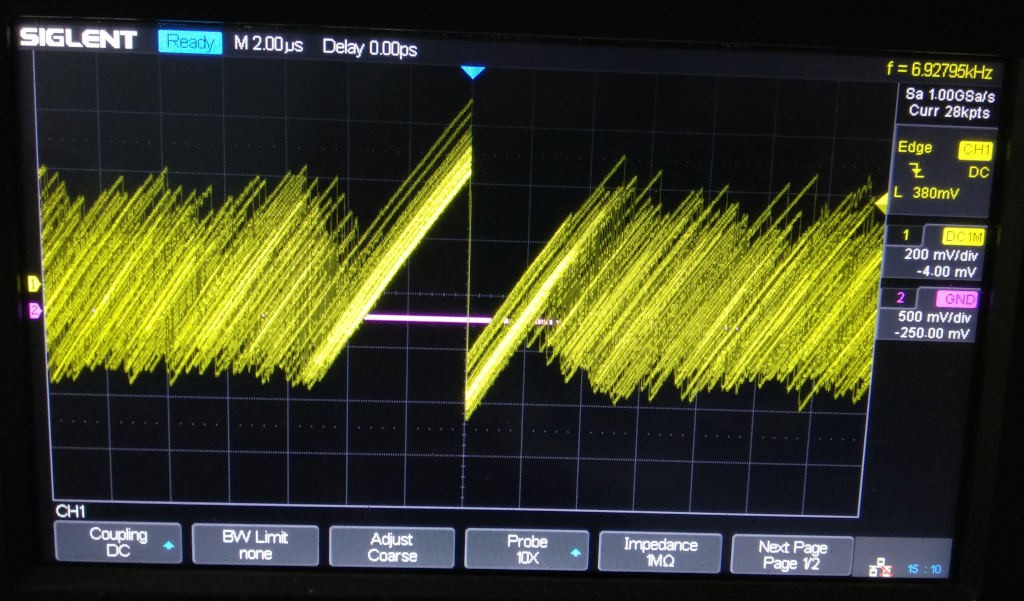

 guilldeas
guilldeas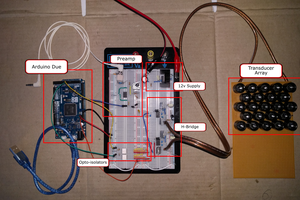
 Alan Green
Alan Green
 mircemk
mircemk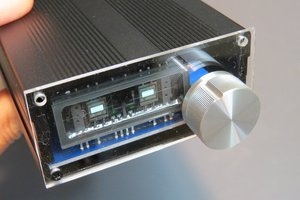
 kodera2t
kodera2t
Thank you so much, for the detailed reply - I truly appreciate it. Ok, so I had a few things right, that’s encouraging. My plan was to build one of those electronic decision maker, as simply as possible, while integrating your idea of electron-tunneling. And here’s how much of an old fart that I am - I have NO clue what an ASM is, and I don’t have/or want an Arduino. So please, don’t go compiling a HEX file [whatever that means] for me. Guess I will have to look up some schematics online, for a simple 2 LED decision making circuit and then find a way, to connect it to the first half of the circuit, that you came up with… Thanks again, you are very kind to help me on my electronic journey. Cheers mate!